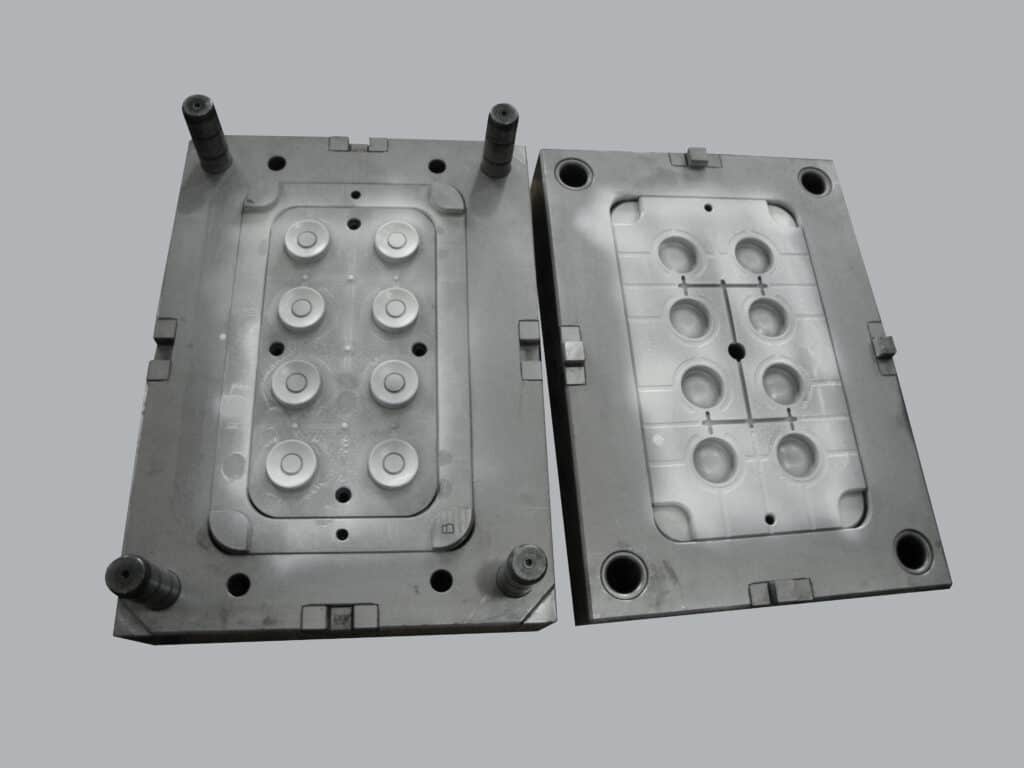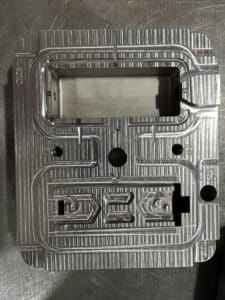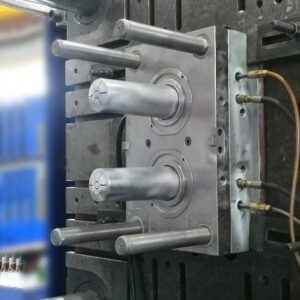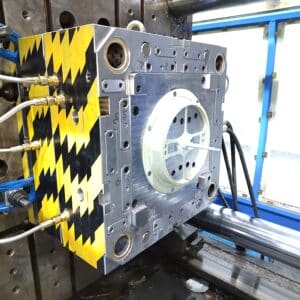Factors Affecting the Surface Polishing of Die
(1) Workpiece surface condition
In the process of machining, the surface of materials will be damaged due to heat, internal stress or other factors. Improper cutting parameters will affect the polishing effect. The surface after EDM is more difficult to grind than the surface after mechanical processing or heat treatment. Therefore, EDM finishing shall be adopted before the end of EDM, otherwise the surface will form a hardened thin layer. If the electric spark finishing gauge is not properly selected, the maximum depth of the heat affected layer can reach 0.4 mm. The hardness of the hardened thin layer is higher than that of the matrix and must be removed. Therefore, it is better to add a rough grinding process to provide a good basis for polishing.
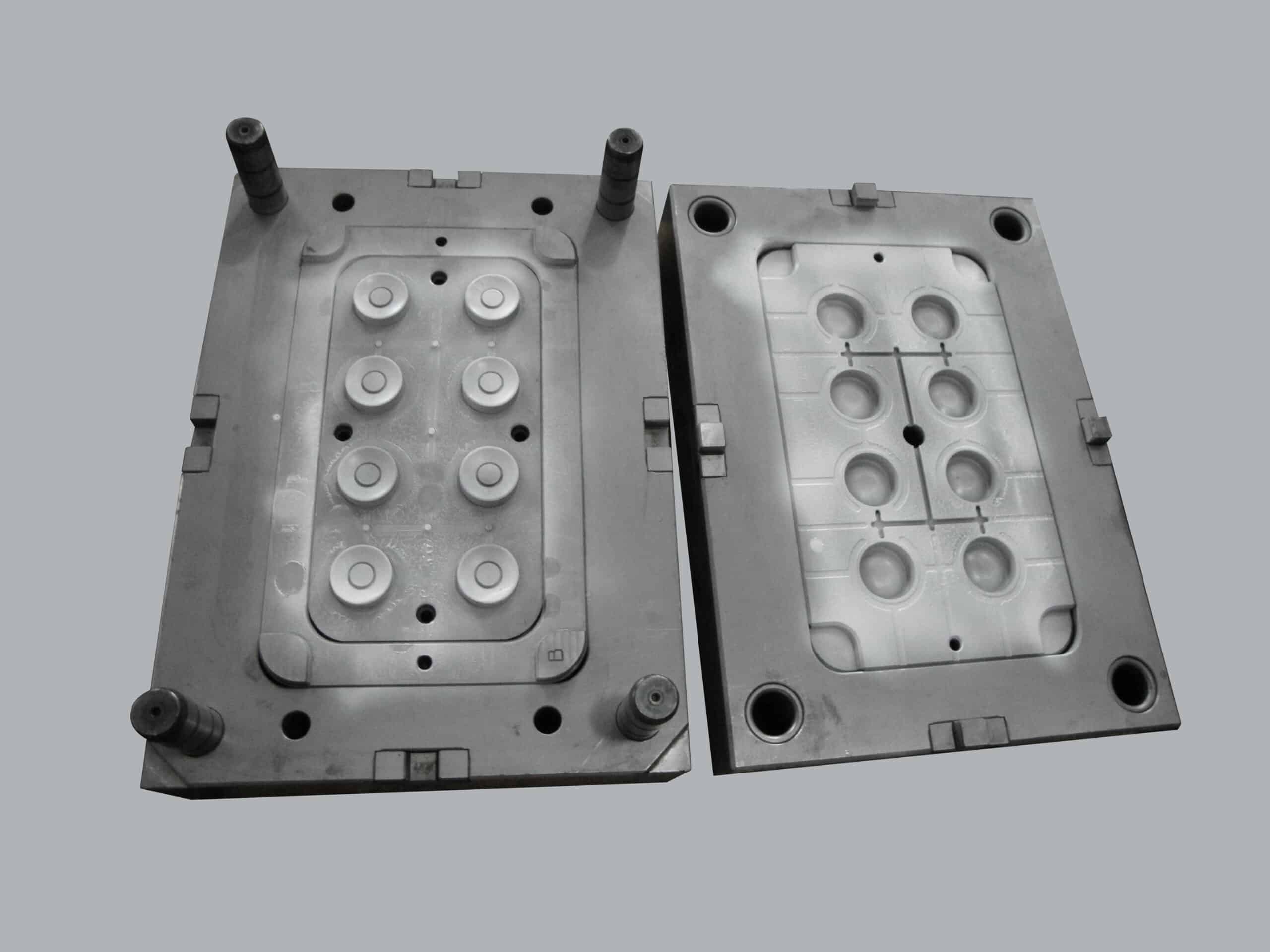
medical mold
(2) Quality of steel
High quality steel is the precondition to obtain good polishing quality, and various inclusions and pores in steel will affect the polishing effect. To achieve a good polishing effect, the workpiece must be marked with the polished surface roughness at the beginning of machining. When a workpiece is determined to need mirror polishing, steel with good polishing performance must be selected and heat treated, otherwise the expected effect cannot be achieved.
(3) Heat treatment process
If the heat treatment is improper, the surface hardness of steel is uneven or the characteristics are different, which will cause difficulties in polishing.
(4) Polishing technology
Because polishing is mainly done manually, people’s skills are still the main reason for affecting the polishing quality.
It is generally believed that polishing technology affects the surface roughness. In fact, a good polishing technology should be combined with high-quality steel and the correct heat treatment process to obtain a satisfactory polishing effect; On the contrary, the polishing technology is not good, even if the steel is no better, the mirror effect cannot be achieved.


